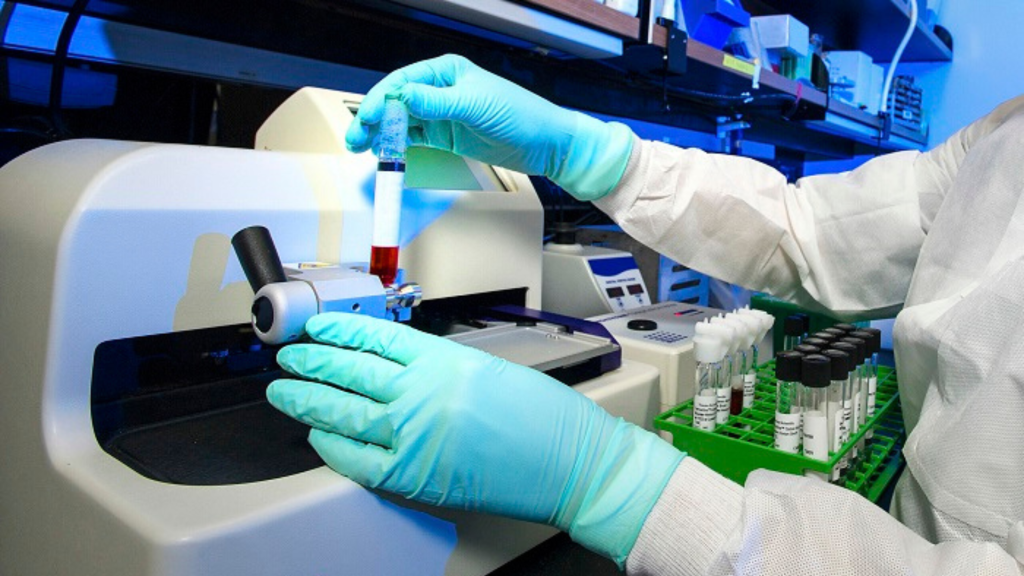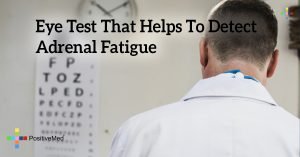
As the new year brought us more insight into cancer care, consider incorporating cancer screenings into your health goals. Early detection through regular screenings significantly improves treatment success. Experts emphasize the importance of following recommended guidelines for gender and age-specific screenings. Here are the top five cancer screenings to prioritize in 2024:
1. Mammogram
Purpose: Detect early signs of breast cancer.
Guidelines:
Women 40-44: Start annual mammograms.
Women 45-54: Get mammograms every year.
Women 55 and older: Choose annual or biennial mammograms if in good health.
2. Cervical Cancer Screening
Tests:
HPV Test: Detects human papillomavirus.
Pap Smear: Identifies cell changes on the cervix.
Start: After age 18; frequency based on age and risk.
3. Colorectal Screenings
Recommended Age: 45-75 (for both men and women).
Tests: Colonoscopy (preferred for preventive screening), flexible sigmoidoscopy, stool tests.
Colonoscopy Interval: Repeat in 10 years if normal; screening frequency based on individual and familial risk.
4. Prostate Cancer Screening
Test: PSA (Prostate-Specific Antigen) Blood Test.
Discussion Age:
Age 50 for average risk.
Age 45 for high-risk individuals.
Age 40 for those with multiple first-degree relatives diagnosed early.
5. Lung Cancer Screening
Criteria:
20 pack-year or more smoking history.
Current or former smoker (quit within the past 15 years).
Age 50-80.
Recommended Test: Low-dose computed tomography (LDCT) scan, annually.
Remember, discussions with your primary care doctor can determine the most suitable screening based on your age and risk factors. Screening adherence, according to guidelines, enhances the potential for early cancer detection, improving the chances of successful treatment. Prioritize your health by scheduling these essential screenings in 2024.





